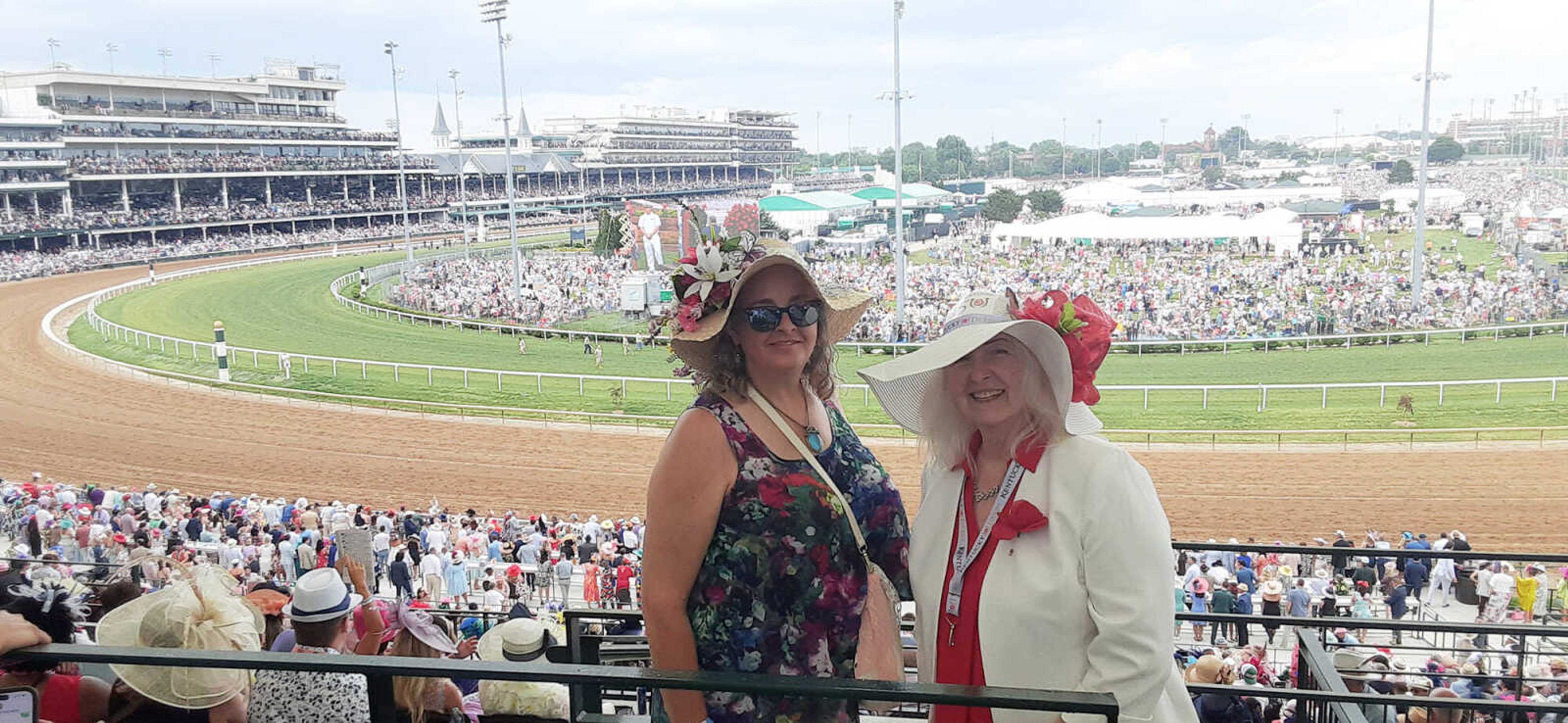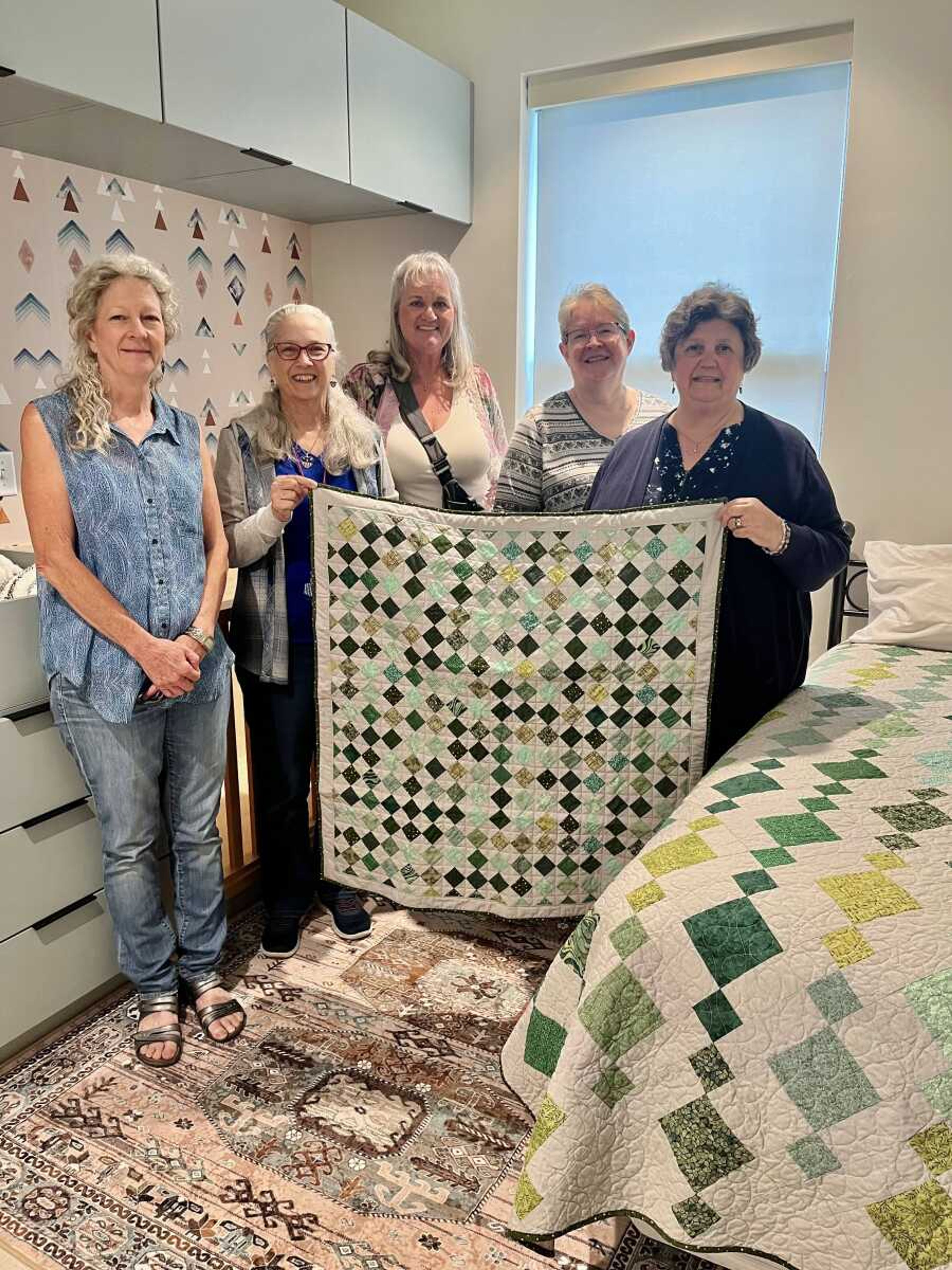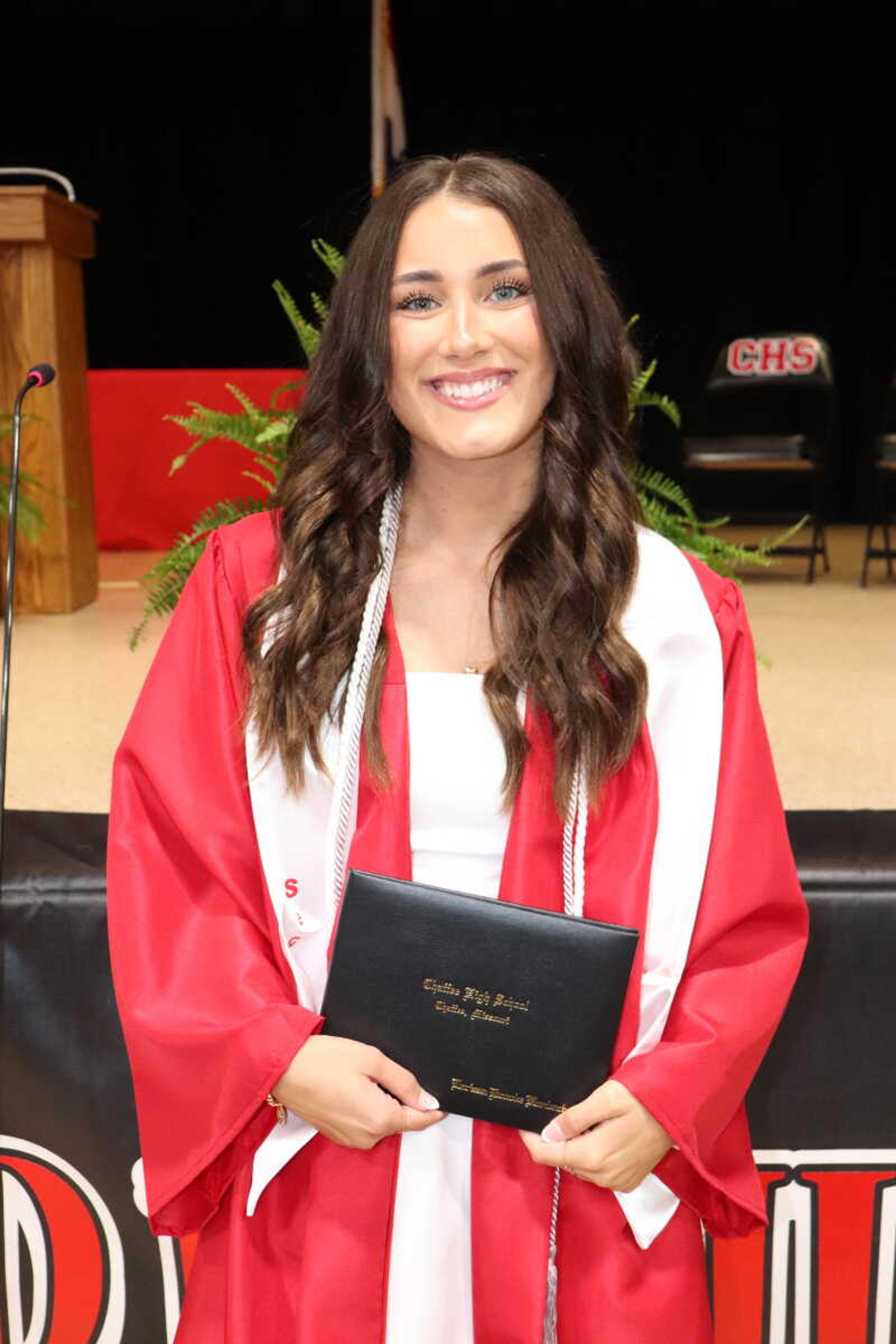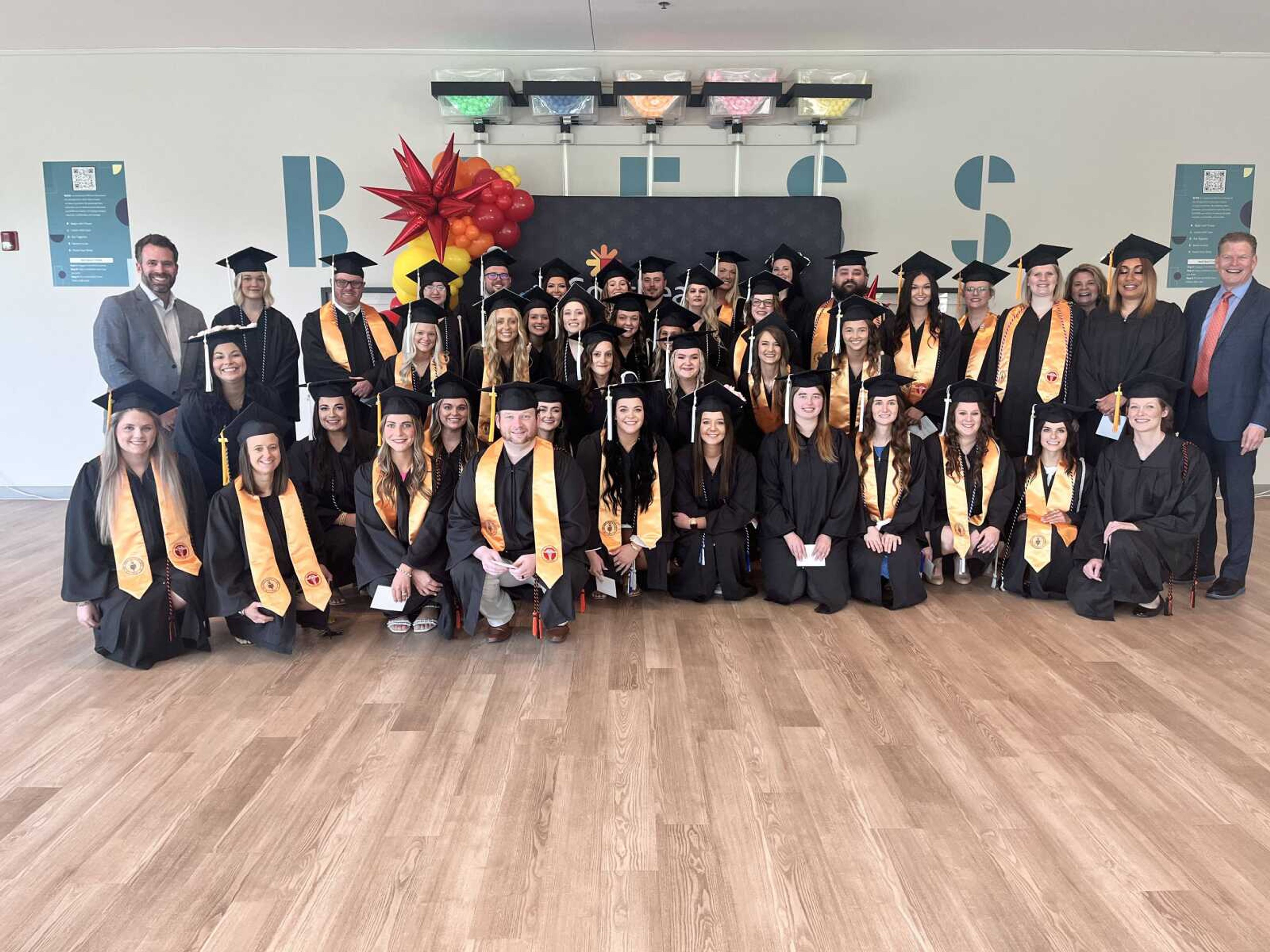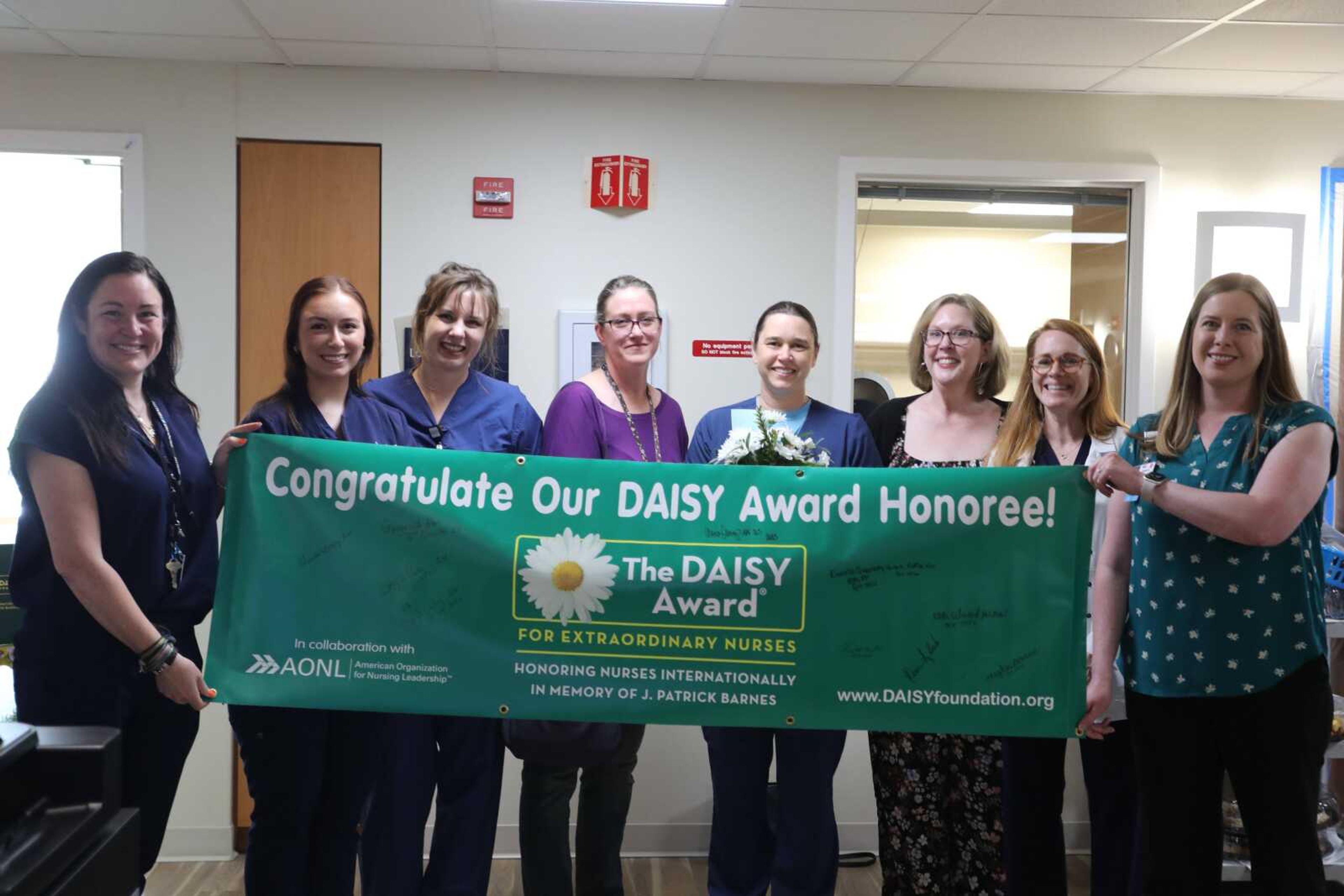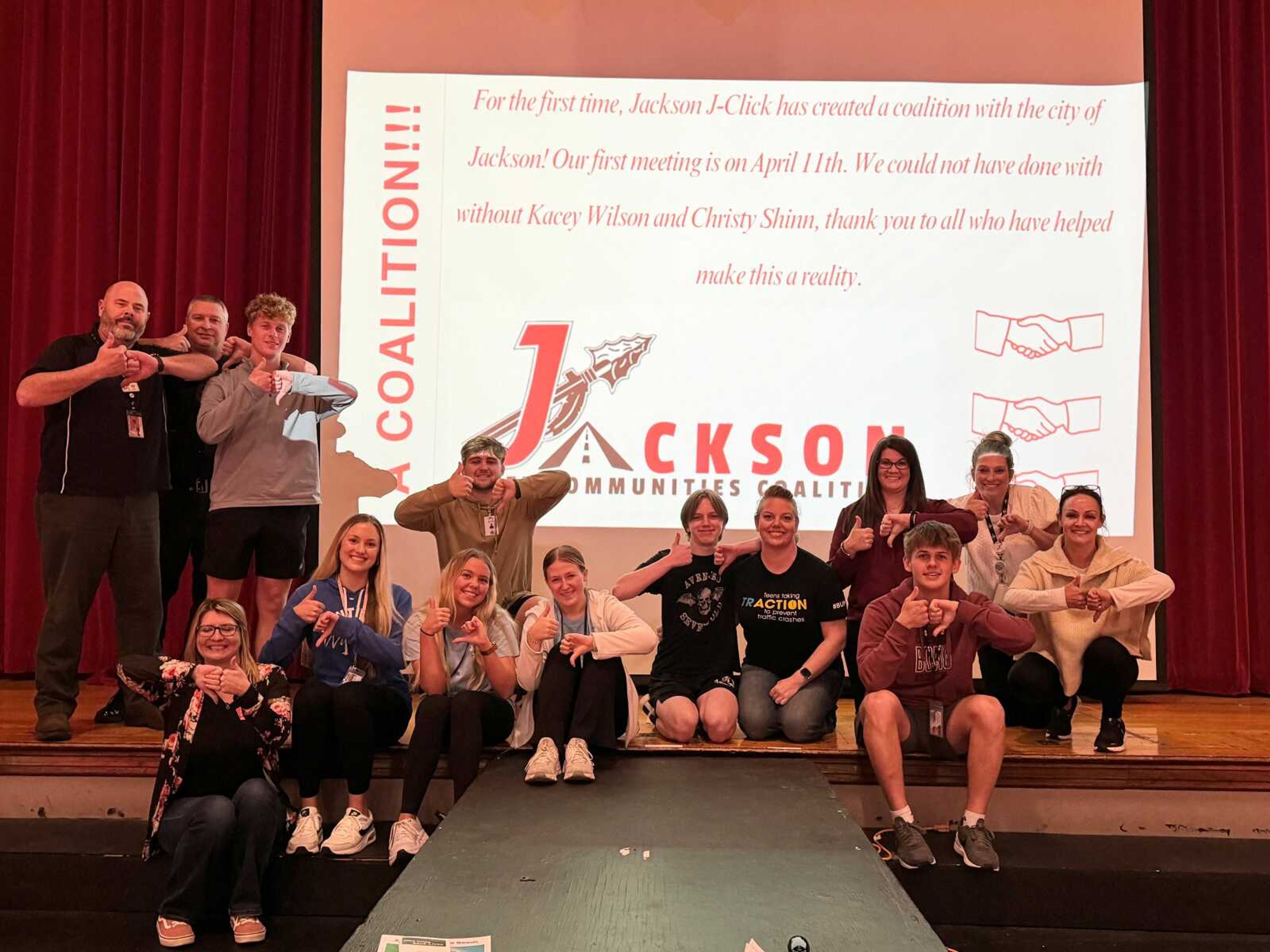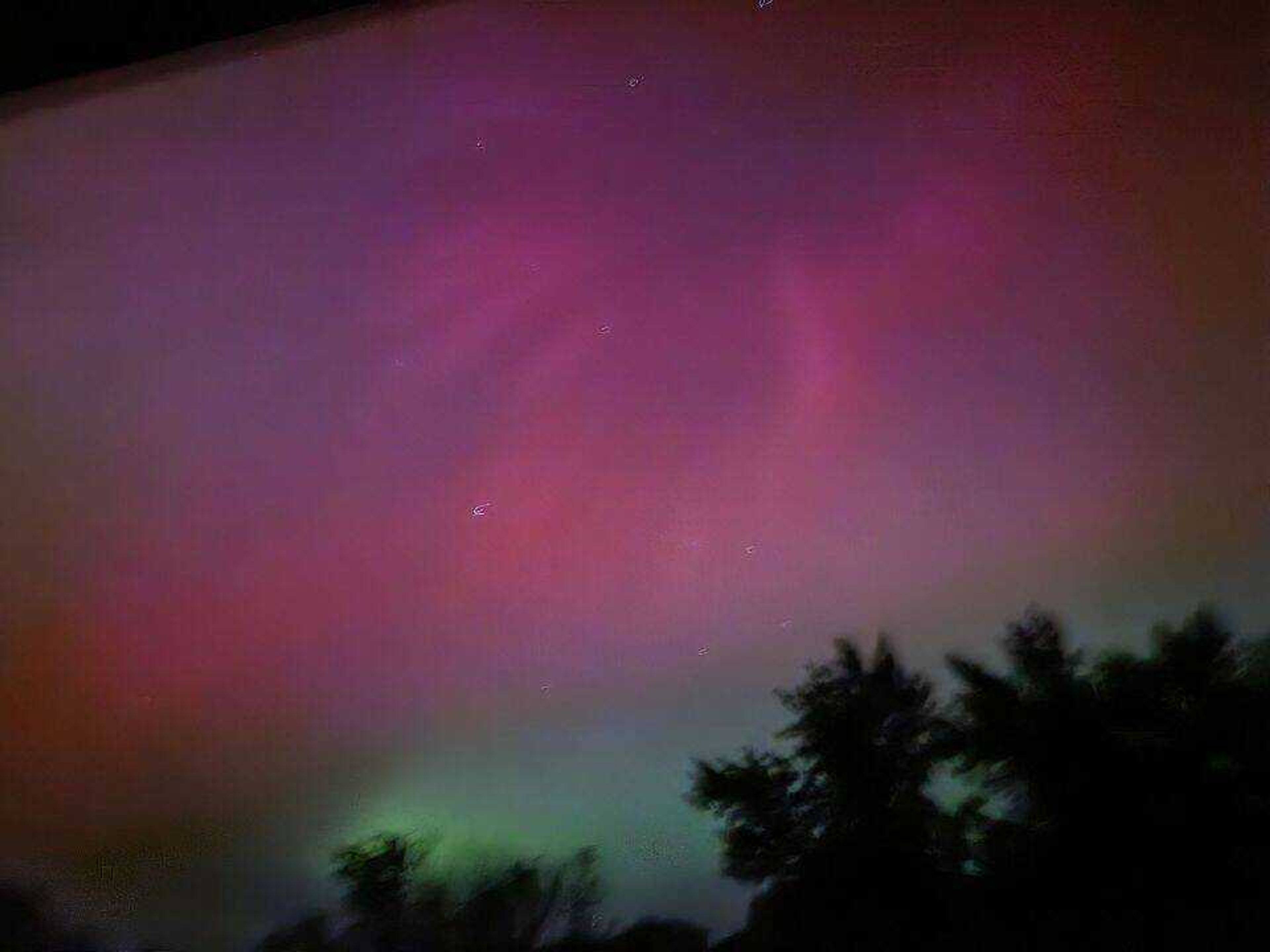One Secret Service Agent's Experience
September 11, 2001, I arrived at Secret Service Headquarters in downtown Washington, DC around 7:45am EDT. I joined several other agents in a conference room for a board meeting. One of the last to arrive announced that a plane had just crashed into the World Trade Center. ...
September 11, 2001, I arrived at Secret Service Headquarters in downtown Washington, DC around 7:45am EDT. I joined several other agents in a conference room for a board meeting. One of the last to arrive announced that a plane had just crashed into the World Trade Center. Across from me sat a lady that was formerly the special agent in charge of the White House. She pointed at me and said "you know all about that". For the rest of the room, I explained, as we gathered up our personal effects, that the Training Center had been crashing planes into the White House since 1998 on a simulation program provided by the military. One of my previous assignments had been to run SIMLAB -- Security Incident Modeling Lab. It was done to test the security responses of the various agencies that interact to provide security and support at the White House. As I finished this brief explanation, it was announced that another plane had crashed into the World Trade Center. The agents knew without stating it that one plane could be an accident, two was an attack. We disbanded and went to various support roles defined by the day's events, known in government circles as The Continuity of Government Plan.
In Secret Service Headquarters we first heard that a plane had gone down on the Washington Mall near the Lincoln Memorial. As with most fast breaking events, watching any of the major networks or the cable news channels provided about as much information as any other source. As we sorted through the information of the moment and verified that the Pentagon had been struck by a plane also, we made arrangements for our non-essential employees to head home. Most everyone now considered any government building to be a target.
A single snow flake can create a traffic jam in the Metropolitan DC area. A real crisis magnifies that immensely. Except for the meeting, I normally would have been at the James J. Rowley Training Center in Laurel, MD, about 15 miles from Secret Service HQ. On September 11, 2001 a number of civilian employees from the Training Center were also at HQ. With traffic snarled the employees were informed that the Secret Service would arrange for escort or transport to the Training Center as soon as the traffic dissipated.
Upon returning to the Training Center with a number of civilians, all the Special Agents and Uniformed Division employees deployed to support the Continuity of Government Plan. The Secret Service sent two of our paramedic teams from the Training Center to the Pentagon.
Later in the day a piece of technology involving the personal computer allowed me to tell my wife that I was OK. The internet allowed me to post an email when it was impossible to get an outside line or a cell phone line. I could call any government office but I could not get a phone line outside of those special circuits because of massive use by people leaving DC and letting loved ones know of their intentions. If I am not mistaken, this was exactly what the world wide web was supposed to do. That is provide a system of communication that would bypass whatever problem that was happening in a given area and gets data through regardless of how circuitous the route might be.
The day finished with many of the 300 or so employees at the training center being temporarily assigned to supplement or extend protection to people designated by Executive Order. September 12, 2001 it was business usual. The only way to respond to terrorism is to fill the breach and get on with the way of life that was the terrorist's target.
Paul L. Nenninger served as Special Agent with the US Secret Service from 1976 to 2002.
Connect with the Southeast Missourian Newsroom:
For corrections to this story or other insights for the editor, click here. To submit a letter to the editor, click here. To learn about the Southeast Missourian’s AI Policy, click here.

